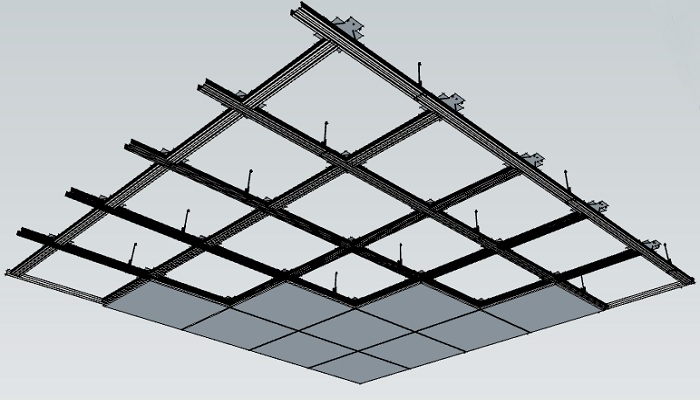The acoustic ceiling is the sound-absorbent suspended ceiling. It is used where noise is very high such as in public palaces. If we talk about residential buildings it is used in the kitchen.

Acoustic ceilings normally comprise tiles sectioned in metal frames and are ideal where there are a lot of hard surfaces and sound bounces effectively from walls to roofs to floors. They are accessible in varying levels of reflectivity and furthermore fire and humidity resistance.
The acoustical ceiling is the suspended type ceiling that is installed below the structural slab. Generally, 60 * 60 centimeters of acoustical tiles are used. It is installed with the help of an aluminum hanging system.

The main advantage of the acoustic ceiling is that it is used to hide mechanical and electrical fixtures. HVAC, firefighting, and electrical fitting hide under the acoustical ceiling.
The huge advantage of acoustic ceiling is that if some parts of the ceiling are damaged then they can be replaced easily.
Repairing work of electromechanical and electrical fitting can be done easily by lifting ceiling tiles.
Advantages of Acoustic Ceiling
Introducing acoustic roof tiles in structures can fundamentally assist with lessening commotion. They can retain sound and decrease reverberations while additionally keeping sound from heading out to local spaces. Be that as it may, sound control isn’t the main advantage these protection arrangements offer. They can likewise:
- Assist with expanding energy productivity
- Assist with working on all year solace
- Upgrade inside spaces without broad remodel work
- Conceal ugly wires, pipes, and ventilation work
